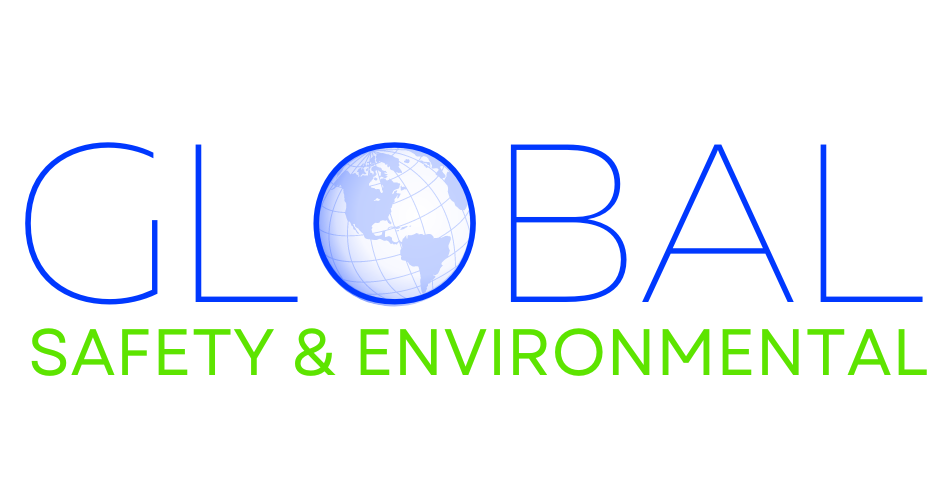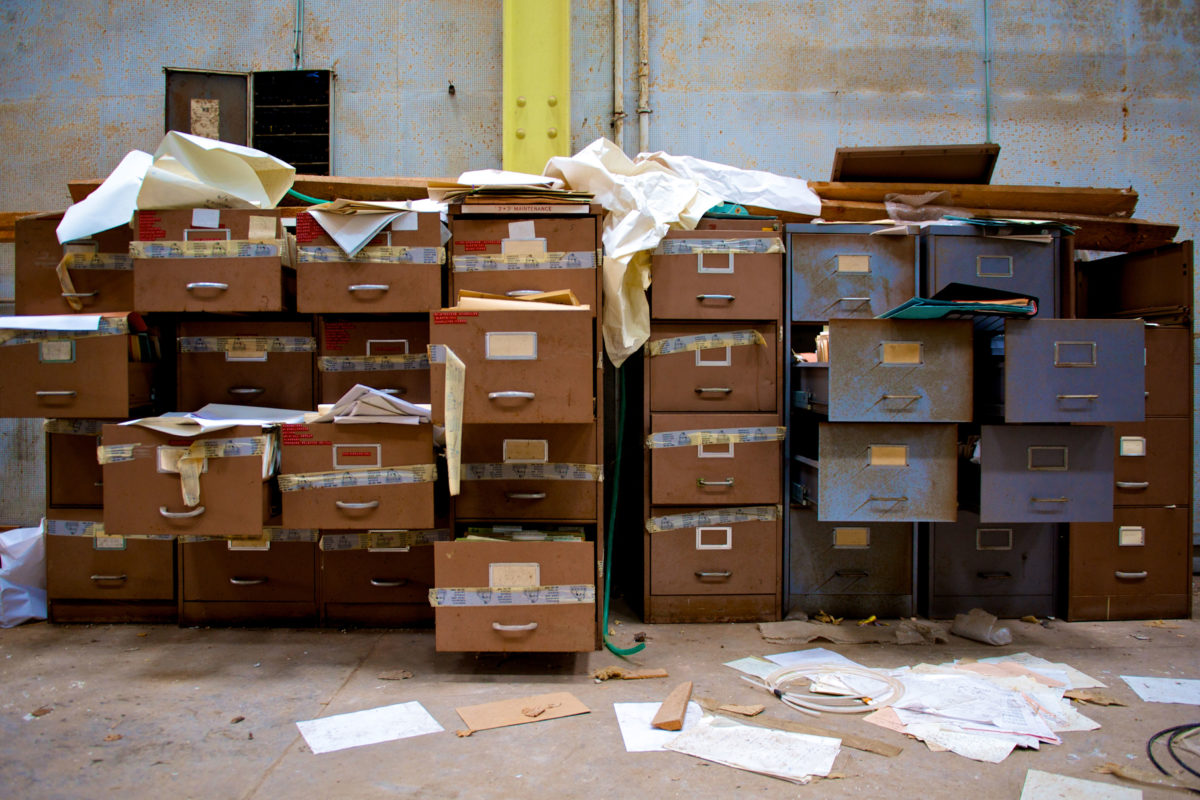Slips, trips and falls (STF) might sound like the punchline to a bad joke, but in the workplace, they’re a serious concern. These seemingly minor incidents can lead to major injuries, lost workdays, and even death. Understanding STF and how to prevent them is crucial for creating a safe work environment.
What are Slips, Trips and Falls?
STF occur when there’s a sudden loss of balance, causing a fall. Here’s a breakdown of the three:
- Slips: Loss of traction between your shoes and the walking surface, often due to wetness, grease, or uneven terrain.
- Trips: Colliding with an object on the ground, like cords, misplaced tools, or uneven flooring.
- Falls: The unfortunate consequence of a slip or trip, resulting in a person hitting the ground.
The High Cost of STF
The impact of STF goes beyond the physical injuries sustained by workers. These incidents can:
- Cost businesses a significant amount of money through workers’ compensation claims, lost productivity, and potential lawsuits.
- Create a culture of fear among employees who become apprehensive about moving around the workplace.
- Damage a company’s reputation as a safe place to work.
Hazards in Your Midst
STF hazards can lurk in almost any workplace. Here are some common culprits:
- Wet surfaces: Spills, leaks, and tracked-in moisture create slippery conditions.
- Poor lighting: Dim or uneven lighting can obscure potential hazards.
- Clutter: Unnecessary items on walkways or storage areas increase the risk of tripping.
- Uneven flooring: Cracked tiles, potholes, or changes in floor level can cause missteps.
- Improper footwear: Shoes with poor traction or worn soles increase the risk of slips.
Taking a Stand Against STF
The good news is that STF are largely preventable. Here are some key strategies to keep your workplace safe:
- Implement a safety program: Educate employees about STF hazards and safe work practices.
- Maintain a clean and organized environment: Regularly clean up spills, remove clutter, and address housekeeping issues.
- Ensure proper lighting: Provide adequate and even lighting throughout the workplace.
- Inspect walking surfaces: Regularly check for and repair damaged floors, potholes, or uneven surfaces.
- Promote safe footwear: Encourage employees to wear shoes with good traction, appropriate for their work environment.
- Report hazards: Employees should be empowered to report any potential STF hazards to supervisors.
By prioritizing STF prevention, businesses can create a safer work environment, reduce costs, and boost employee morale. Remember, taking a proactive approach is far better than picking yourself up after a fall.



